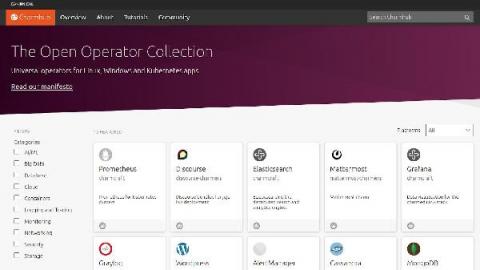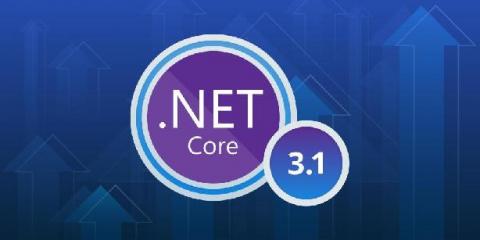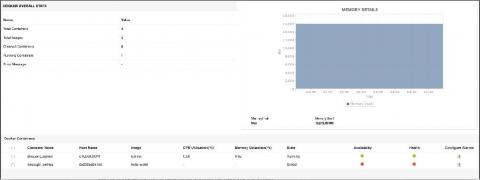Encryption at rest with Ceph
Do you have a big data center? Do you have terabytes of confidential data stored in that data center? Are you worried that your data might be exposed to malicious attacks? One of the most prominent security features of storage solutions is encryption at rest. This blog will explain this in more detail and how it is implemented in Charmed Ceph, Canonical’s software-defined storage solution.











